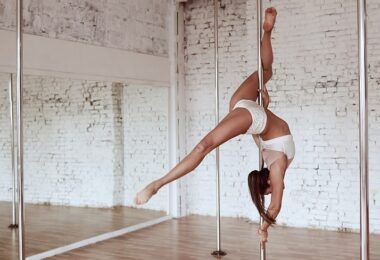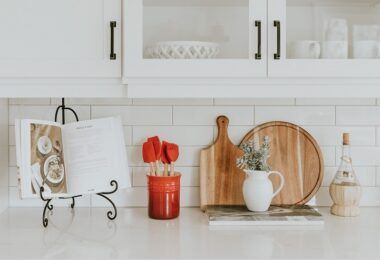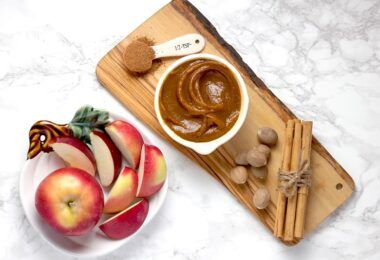Prescription medications can be a significant financial burden, especially for those without...
Fresh Topics
Exploring Greener Pastures: Investing In A Landscaping Franchise
Suppose you’re interested in the dynamic landscaping sector and want to grow your finances and...
Popular
How Saxenda Weight Loss Injection Works: What You Need to Know
Saxenda weight loss injection has become a popular option for people looking to lose weight effectively. Approved by the FDA, this injectable treatment uses liraglutide to help regulate appetite, making it easier to shed unwanted...











































